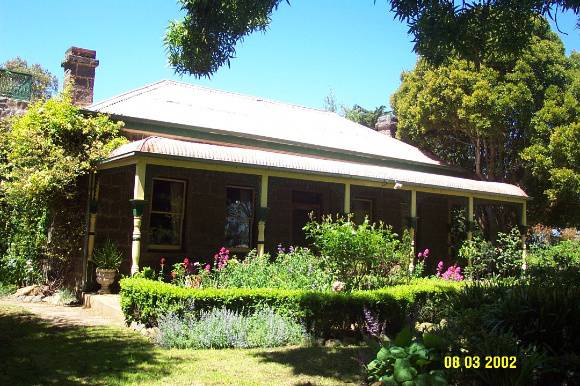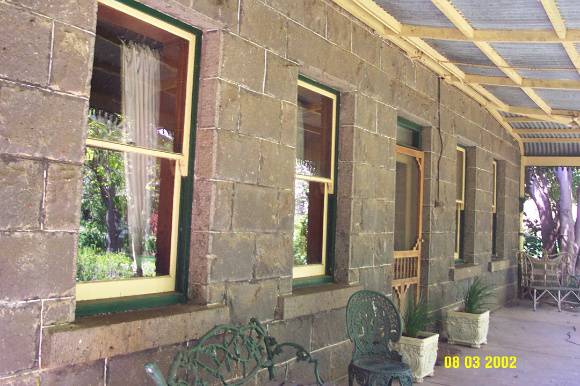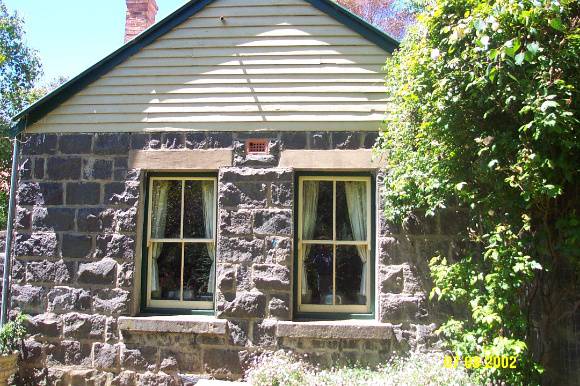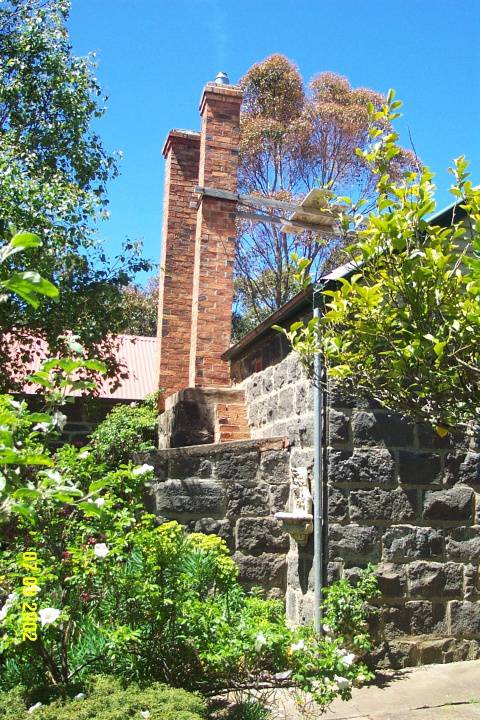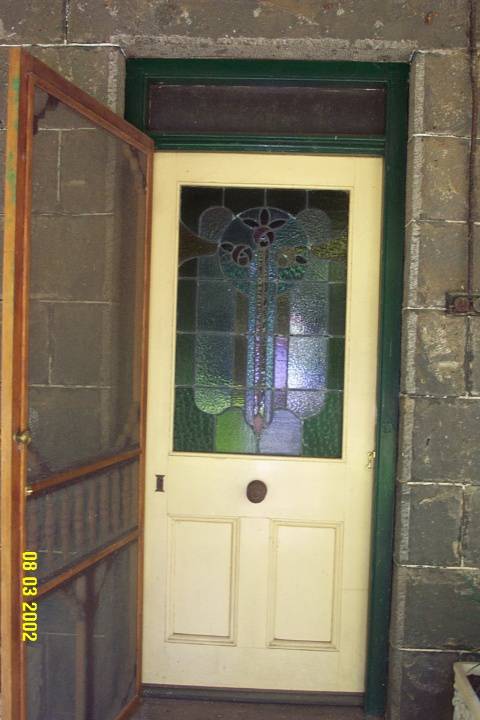| Back to search results » | Back to search page » |
|
SYLVAN GROVE
LocationMibus Lane, CROXTON EAST VIC 3301 - Property No 0027
File Number941LevelStage 2 study complete |
|
Statement of Significance
What is significant?
Sylvan Grove Homestead complex, located in Mibus Lane about 2.5kms south of Lake Linlithgow, dates from the early 1860s when the land was selected by the Huf family. The first occupants were Johann Huf Junior, his wife Pauline and their five surviving children. It began as a small mixed farm, typical of the second generation of German Lutheran settlers in the area east of Hamilton. The first structures to be built were a vernacular cottage, a slab woolshed and a bluestone forge. The principle rooms have fine pressed metal ceilings. Johann prospered and purchased surrounding land to create a large farm of some 700 acres, including land bought from relatives who migrated further north into the Wimmera in the 1870s. The cottage was soon replaced by a substantial but thoroughly conventional bluestone house, probably in the early 1870s. Then Johann died from Hydatids at the age of thirty-three in 1877. His widow, Luise Pauline Huf, nee Uebergang managed the property with continuing success until her second son, Ernst took over about the turn of the century. He called the property Sylvan Grove. He moved into a new timber cottage when he married, for the first time in 1897, although his wife died soon afterwards from childbirth. He married again in 1904 and moved back into Sylvan Grove which seems to have triggered substantial renovations to the second house. In 1925 he rebuilt the Herrnhut church, which Pauline Huf had purchased in 1898, at Sylvan Grove to be used as a stable and then as a barn. Ernst and Pauline Huf, nee Rentsch lived at Sylvan Grove until 1938 when their son Percy took over and they retired to Hamilton. During the Second World War, Italian prisoners of war lived and worked at Sylvan Grove as part of the war effort. The property passed from the Huf family in 1976 and it has been owned by the Sinclair family since 1976. The complex remains in excellent condition overall and retains a high degree of integrity.
How is it significant?
Sylvan Grove is of historical and architectural significance to the community of Tabor and to the Southern Grampians Shire.
Why is it significant?
Sylvan Grove homestead complex is of historical significance for its direct connections with three generations of the important Huf family and its branches, and particularly with Johann Huf Junior, his son Ernst, his grandson Percy and their wives and children. Specifically, it demonstrates the steady success of the second, third and fourth generations of German Lutheran migrants in the area to the south and east of Hamilton in the face of great personal difficulties. The complex is of architectural significance as a group of buildings and in particular for the sobriety of both phases of the second homestead's development, the surviving blacksmith's shop and forge, the reconstruction of the Herrnhut church as a barn, the later outbuildings and the slab woolshed. The mature garden setting of the homestead enhances the overall significance.
Group
Farming and Grazing
Category
Homestead Complex


